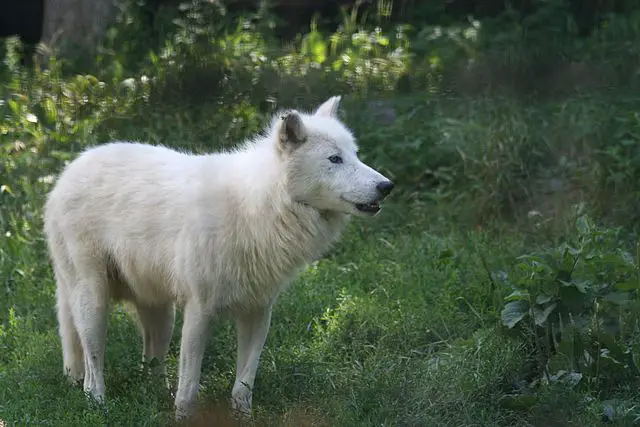

These wolves are found throughout the Indian subcontinent, including parts of the Himalaya. Sometimes called the Tibetan wolf, the Himalayan wolf is a debated subspecies that’s closely related to the Mongolian wolf. They are still hunted throughout various parts of their range as they are not protected under most national laws. However, while the steppe wolf’s population is currently somewhat stable, it is at a heightened risk of extinction due to increasing human-wolf conflicts over the years. It plays a major role as a keystone species within the Caucasian steppe ecoregion, where it helps to regulate and manage local ecosystems. When compared to other wolf types, the steppe wolf is fairly average in size with coarse, brownish-grey fur. Steppe Wolf ( Canis lupus campestris)įound throughout the Caucasus, including in parts of southern Kazakhstan and northern Ukraine, the steppe wolf is a modestly-sized wolf that plays an important role in the region’s steppe ecosystem.

It also has massive ears and other unique adaptations that help it thrive in a desert environment. The Arabian wolf is normally less than 45 lbs (20 kg) in weight, which makes it just half the size of its larger cousins. As a result, they have very thin and short fur that tends to be lightly colored. These wolves are fairly unique among their species as they live in desert, rather than forested or tundra environments. However, it is now found only in small packs within parts of Saudi Arabia, Yemen, Oman, and southern Israel. Arabian Wolf ( Canis lupus arabs)Ĭonsidered to be one of the smallest types of wolves, the Arabian wolf, or desert wolf, is traditionally found throughout the Arabian Peninsula. However, like all wolves, their coat colors can vary widely, so identification of the tundra wolf is difficult in the field. They can weigh upwards of 90 lbs (41 kg) and they have long, fluffy fur with a light grey color. When compared to other types of wolves, the tundra wolf is quite large. For the most part, they’re found in Russia-particularly within the Kamchatka Peninsula-though they’re sometimes spotted in the northernmost reaches of Scandinavia.

These large wolves are mostly found in the northern regions of the world in the tundra and forests of Eurasia. Tundra Wolf ( Canis lupus albus)įirst up on our list is the tundra wolf. In this section, we’ll discuss the many different wolf subspecies and we’ll talk about some of the issues that scientists face when trying to classify this amazing species. To make things easier for you, we’ve put together this list of the 27 types of wolves that currently roam the Earth. Within that species, there are dozens of different verified subspecies as well as a handful of disputed subspecies. Technically speaking, the vast majority of canines that we call wolves belong to a single species: Canis lupus.

Wolves Classification and Facts⬇ The 27 Types of Wolves: Your Complete Guide


 0 kommentar(er)
0 kommentar(er)
